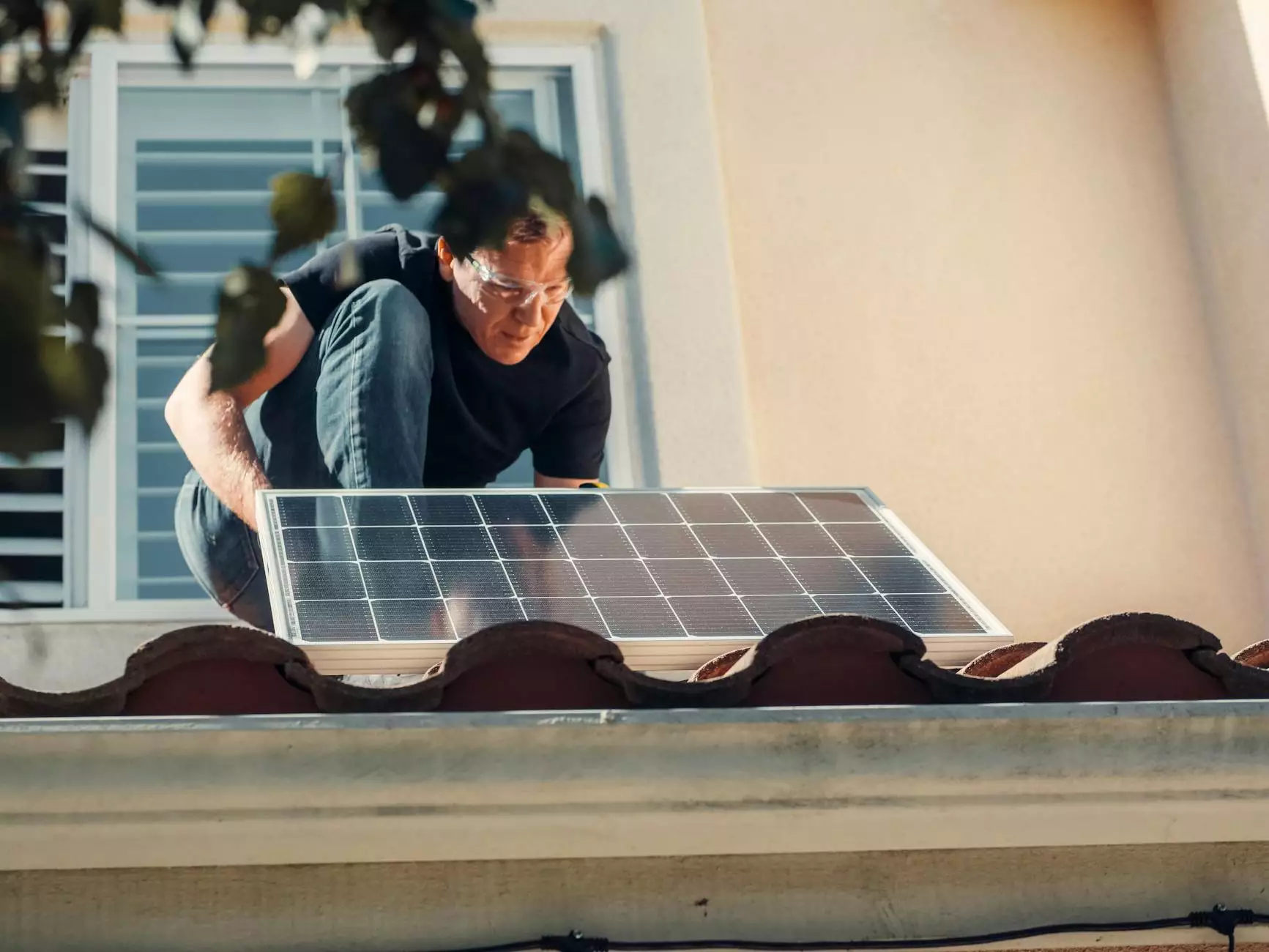The Science Behind Solar Panels: How They Work

Solar panels have revolutionized the way we harness renewable energy, providing a clean and sustainable source of electricity. In this article, we will explore the intricate science behind solar panels and how they work to convert sunlight into usable energy.
Understanding Photovoltaic Effect
At the core of solar panel technology lies the photovoltaic effect. This phenomenon allows certain materials to convert sunlight directly into electricity. Solar panels are primarily made up of numerous photovoltaic (PV) cells, which consist of semiconductors such as silicon.
When sunlight reaches a solar panel, it encounters the semiconductor layer. This layer consists of atoms with free electrons. The photons in sunlight knock these electrons loose from their atoms, creating an imbalance of charges. This phenomenon generates an electric field that facilitates the movement of electrons, resulting in a flow of current.
The Layers of a Solar Panel
Solar panels are composed of several layers that work harmoniously to maximize energy conversion. Let's take a closer look at each layer:
1. Protective Cover Layer
The outermost layer of a solar panel is a protective cover made of tempered glass, ensuring durability and shielding the delicate layers underneath from external elements.
2. Anti-Reflective Coating
Below the protective cover, a thin layer of anti-reflective coating is applied. This coating minimizes the reflection of sunlight, allowing a higher percentage of light to reach the semiconductor layer.
3. Semiconductor Layer
The semiconductor layer includes silicon, a material with unique properties that enable efficient conversion of sunlight into electricity. Silicon atoms are manipulated with impurities to create a boundless flow of electrons when exposed to sunlight.
4. Metal Conductive Plates
On the backside of the semiconductor layer, metal conductive plates collect the generated electricity and channel it out of the solar panel. These plates are connected to external wires that deliver the electricity for various applications.
5. Back Sheet
The back sheet functions as an additional protective layer, preventing moisture and humidity from permeating the solar panel and causing damage to the sensitive components inside.
The Conversion of Sunlight into Electricity
Now that we understand the physical layers of a solar panel, let's delve into the conversion process:
- Step 1: Sunlight Absorption
- Step 2: Electrons in Motion
- Step 3: Electric Field Generation
- Step 4: Current Flow
- Step 5: Electricity Collection
When sunlight reaches the solar panel, the semiconductors in the top layer absorb the photons, which are packets of energy within the sunlight.
The absorbed photons knock loose electrons from their atoms and create an electric potential across the semiconductor material.
The electric potential leads to the creation of an electric field, directing the flow of loose electrons in a specific direction.
The electric field channels the flow of electrons, enabling an organized movement of charges. This flow of charges is identified as an electric current.
The metal conductive plates on the backside of the solar panel collect the generated electricity and transmit it through external wires for use.
The Advantages of Solar Panels
Solar panels offer numerous benefits that have contributed to their increasing popularity:
- Clean and Renewable Energy: Solar energy is a clean and inexhaustible source of power that produces no greenhouse gas emissions and helps combat climate change.
- Cost Savings: Installing solar panels can lead to significant electricity bill savings, making it a cost-effective solution in the long run.
- Reliability and Durability: Solar panels require minimal maintenance and can last for several decades with proper care. They are built to withstand harsh elements such as rain, wind, and snow.
- Independence from the Grid: Generating your own electricity with solar panels provides energy independence and reduces dependence on traditional power grids.
- Scalability: Solar panels can be installed on a small scale, such as residential rooftops, or on a large scale, such as solar farms, making them suitable for various energy needs.
Conclusion
Solar panels have become an essential component of the global shift towards clean and sustainable energy solutions. By understanding the science behind solar panels, we can appreciate their remarkable ability to convert sunlight into electricity through the photovoltaic effect. With their advantages spanning environmental, economic, and energy independence aspects, solar panels are an investment in a greener future.
solar panels how they work









